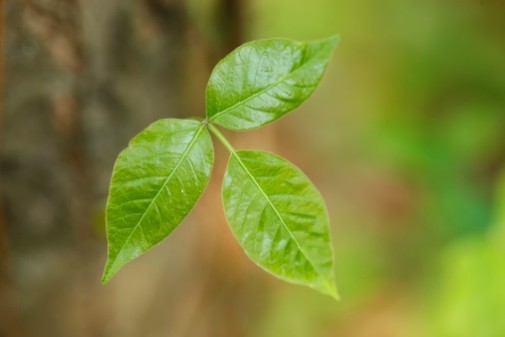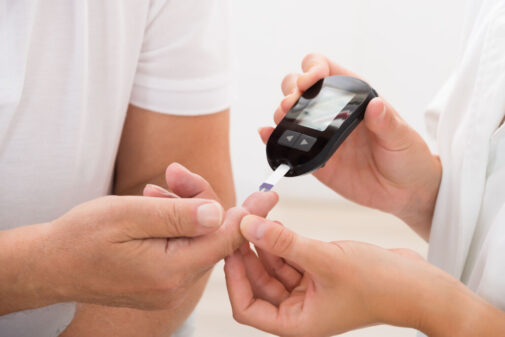What you need to know about poison ivy

Summer is here and people are spending more time outside, increasing the chances of coming into contact with some nasty plants.
An expert dermatologist offers tips about poison ivy and its cousins, including how to spot it and treat the rash.
What is it and why do people react to it?
Poison ivy, poison oak, and poison sumac contain the most common allergens in the U.S. Nearly 85 percent of Americans are allergic to their sap, called urushiol, and more than 50 million Americans encounter it every year.
Urushiol causes the skin to turn red and swell before developing blisters and intense itching. It can take as long as two weeks to heal.
“After being exposed to the plant, the rash itself is not contagious though it can seem like it,” says Dr. Shaily Kesani, a dermatologist on staff at Advocate South Suburban Hospital. “Sometimes the person exposed will develop new rashes on different parts of the body over a number of days, or someone they live with may become exposed.
“The rash does not spread from person to person, but if there is sap left on clothing or a surface, it can keep causing trouble. You should wash everything in very hot water as soon as possible.”
The substance doesn’t smell, has no color and is very sticky, which makes it difficult to get rid of. It can stick to and survive on surfaces for five years and continue to cause reactions in anyone that comes in contact with it.
How to spot it – and avoid it
The best way to avoid these poisonous plants is by knowing what they look like, says Dr. Kesani.
The old adage “leaves of three, let it be” can save a person from two of the three plants: poison ivy and oak. Both have green shiny leaves that grow in groups of threes. Typically, poison ivy is a small shrub, though it can also grow in vine form, up trees and other tall items. Poison oak is also typically a shrub and may have green and yellow flowers or berries.
Poison sumac differs in that its leaves grow in pairs with seven to 13 leaves per group. It may also have shiny yellow or off-white berries.
Dr. Kesani offers these additional tips to help minimize exposure:
- Wear long pants, sleeves and shoes if you are walking through unfamiliar brush.
- If you think you’ve been exposed, vigorously wash all exposed body parts with soap and water as quickly as possible.
- When done, remove all clothing and wash in hot water as soon as possible. Wipe objects and surfaces with rubbing alcohol if you think they may have come in contact with the plants.
- Do not burn the plants. The urushiol can be inhaled and cause serious damage.
What to do if you’re affected
If you do end up with an allergic reaction, it can typically be treated at home.
According to the American Academy of Dermatology, head to the emergency room if:
- You have trouble breathing or swallowing.
- The rash covers most of your body.
- You have many rashes or blisters.
- You experience swelling, especially if an eyelid swells shut.
- The rash develops anywhere on your face or genitals.
- Much of your skin itches or nothing seems to ease the itch.
Dr. Kesani says the arms and legs are very common places for people to have allergic reactions. Although it can be difficult to avoid, scratching the rash or popping the blisters can cause infection.
“A short lukewarm bath is soothing for some, while others swear by calamine lotion or hydrocortisone cream to ease the itching,” Dr. Kesani says. “Taking an allergy medicine like an antihistamine also helps some people.”
Call a doctor if any rash is not showing improvement in seven to 10 days, or there is any sign of infection, however small.
“Exposure to poison ivy and its cousins almost seems like a summer rite of passage, especially for the outdoorsy types,” Dr. Kesani says. “Summer doesn’t have to be painful and itchy if you know how to navigate the great outdoors safely.”
Related Posts
Comments
About the Author
health enews staff is a group of experienced writers from our Advocate Health Care and Aurora Health Care sites, which also includes freelance or intern writers.

















